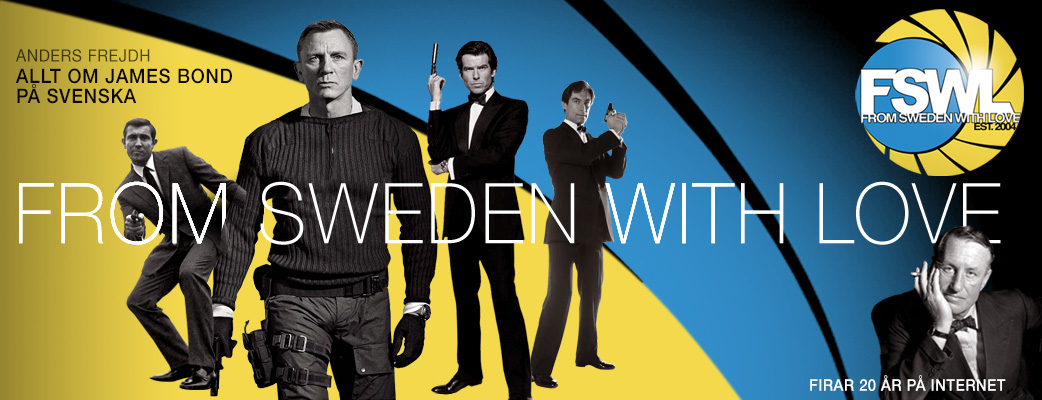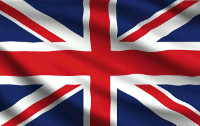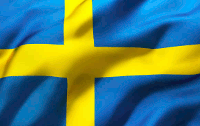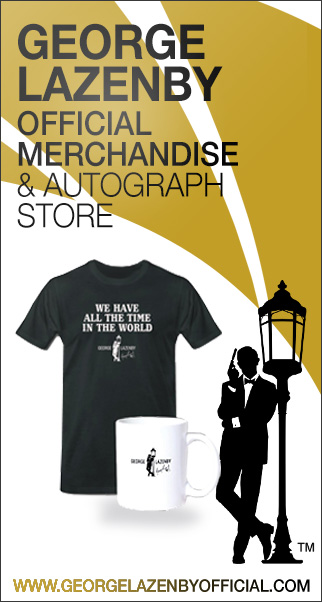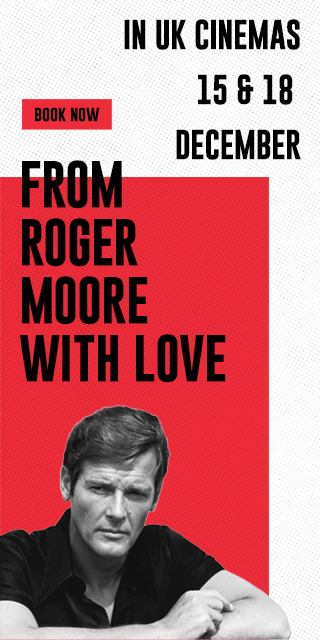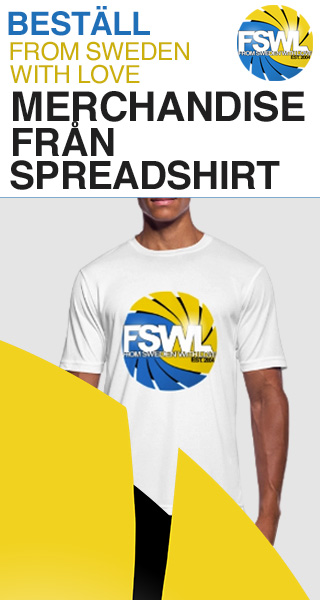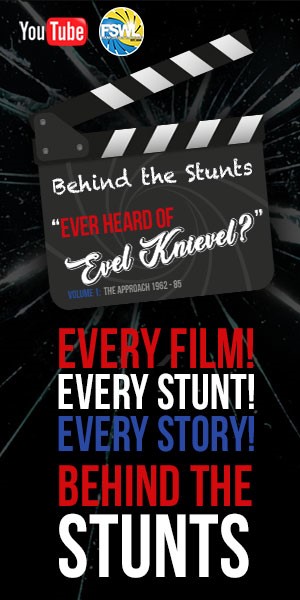Hemsidan senast uppdaterad: 2025-06-10
Hem
Bok- och filmrecensioner
Event
FSWL Merchandise
Intervjuer
James Bond 007 artiklar
James Bond 007 filmerna
James Bond 007 nyheter
James Bond 007 produkter
James Bond 007 samling
James Bond 007 shop
James Bond 007 spel
James Bond fanklubbar
James Bond personligheter
Svenskar i Bond-filmerna
TûÊvlingar
Till minne av
Exklusiva utgûËvor av Chitty Chitty Bang Bang
Av: FSWL team
Publicerad:
2015-01-25
2015-01-25

Standard utgûËvan kommer i en racinggrûÑn box och ûÊr en begrûÊnsad upplaga om 100 set (125 pund/styck). Deluxe versionen med specialdesignade bindningar ûÊr begrûÊnsad till 50 exemplar (600 pund/styck) och levereras i en grûË box tillsammans med en portfûÑlj av tvûË utskrifter signerade och numrerade av John Burningham.
Den ursprungliga utgûËvan illustrerades av den kûÊnde konstnûÊren John Burningham och var ett av hans tvûË fûÑrsta betalda verk. FûÑr dessa nya upplagor har Burningham uppdaterat nûËgra av hans ursprungliga konstverk fûÑr boken.
(Queen Anne Press har tidigare publicerat en begrûÊnsad exklusiv uppsûÊttning av Ian Flemings bûÑcker i maj 2008 och Ian Fleming: The Bibliography av Jon Gilbert i november 2012.)
OFFICIELLT PRESSMEDDELANDE: (ladda ner hûÊr)
50th Anniversary of Ian Fleming's children's novel Chitty-Chitty-Bang-Bang sees launch of special facsimile edition
It may surprise you that the author best known as the creator of James Bond, also wrote the much loved children's book Chitty-Chitty-Bang-Bang. Just like Ian Fleming's novels aimed at grown ups, this adventure story features heroes, villains and gadgets but here the main protagonist is a magical car.
Ian Fleming wrote the novel for his son Caspar but did not live to see it published before he died in August 1964. Illustrated by award-winning children's book illustrator John Burningham, it was originally issued in three volumes by Jonathan Cape and has been fascinating young boys and girls for fifty years.
In January 2015, on the 50th anniversary of the publication of the final volume, Queen Anne Press will be launching a facsimile of the original Chitty-Chitty-Bang-Bang. The standard edition of three volumes in a slipcase will be available for ôÈ125, while 50 special editions, bound in cloth with gold blocking and accompanied by a portfolio containing two prints signed and numbered by John Burningham, will cost ôÈ600 each.
The famous story starts with Chitty-Chitty-Bang-Bang being bought by Commander Caractacus Pott. It quickly turns into a car full of surprises. When Pott drives his family to the beach and gets stuck in a traffic jam, Chitty instructs its owner to pull a switch and they take to the air. Thus begins an adventure in which it transpires that Chitty can not only fly but swim and, if necessary, will do anything to save the Potts from harm. Their travels take them to France where, with Chittyãs help, they smash a ring of gangsters who were unlucky enough to kidnap the two Pott children and then go on to save a famous chocolate shop in Paris from being robbed.
If you thought that the car was simply a figment of Fleming's imagination, you may be interested to hear that he based it on an aero-engined racing car built by Count Louis Zborowski in the early 1920s on his estate near Canterbury. Using machinery from redundant Zeppelins the machine was painted grey, shaped like a torpedo, and scored several record-breaking triumphs before crashing disastrously in 1922.
In 1961 Fleming suffered a heart attack and while recuperating in hospital he used the time to write up the stories he used to tell his son Caspar. He sent the manuscripts to his publisher and the search for an illustrator began. The process took two years. When Fleming's favourite cartoonist ãTrogã (Wally Faulkes) was unable to take it on the publishers commissioned John Burningham for the project. Burningham had just been awarded the Kate Greenaway Medal (1963) for his book Borka: The Adventures of a Goose With No Feathers.
Burningham created some of his most memorable children's illustrations in this novel and says: ãI was still in the early stages of my career as an illustrator when I was asked to work on this project, while Fleming had certainly reached fame with the Bond novels by then. It was slightly daunting to work with someone who clearly had a good idea how he wanted the illustrations to look. Sadly, due to his ill-health, we only met once when I showed him my drawings. He was happy with my work, although he asked me to change the logo on a petrol pump and add the sign of a tobacconist in Paris, which I am not entirely sure, I ever added.ã
Fleming died on the 12th August 1964, his son Caspar's twelfth birthday. The first Chitty was published in October 1964 by Jonathan Cape, the second in November and the final volume in January 1965. In 1968 it was adapted as a film using a script written by his friend Roald Dahl.
Chitty is undoubtedly the most famous and best loved car in English-language fiction.
Thanks to the timelessness of both Fleming's imaginative writing and Burningham's witty illustrations their collaboration has lost none of its appeal.
"Never say 'no' to adventures. Always say 'yes', otherwise you'll lead a very dull life."
Thus said Commander Pott, using words that mirrored Flemingãs own approach to life.
RedaktûÑrens anmûÊrkning:
FûÑr andra artiklar om Chitty Chitty Bang Bang pûË From Sweden with Love, klicka hûÊr.
FûÑr bûÑcker om Ian Flemings liv och litterûÊra arv pûË From Sweden with Love, klicka hûÊr.
FûÑr mer om Ian Flemings James Bond bûÑcker pûË From Sweden with Love, klicka hûÊr.
Bild ovan:
Deluxe utgûËvan av Ian Flemings Chitty Chitty Bang Bang. ôˋ 2015 Queen Anne Press. Alla rûÊttigheter fûÑrbehûËllna.
FûÑr mer detaljer och bestûÊllning,besûÑk den officiella sidan fûÑr Queen Anne Press:
www.queenannepress.com
Taggar:
#chitty_chitty_bang_bang
Tweet
